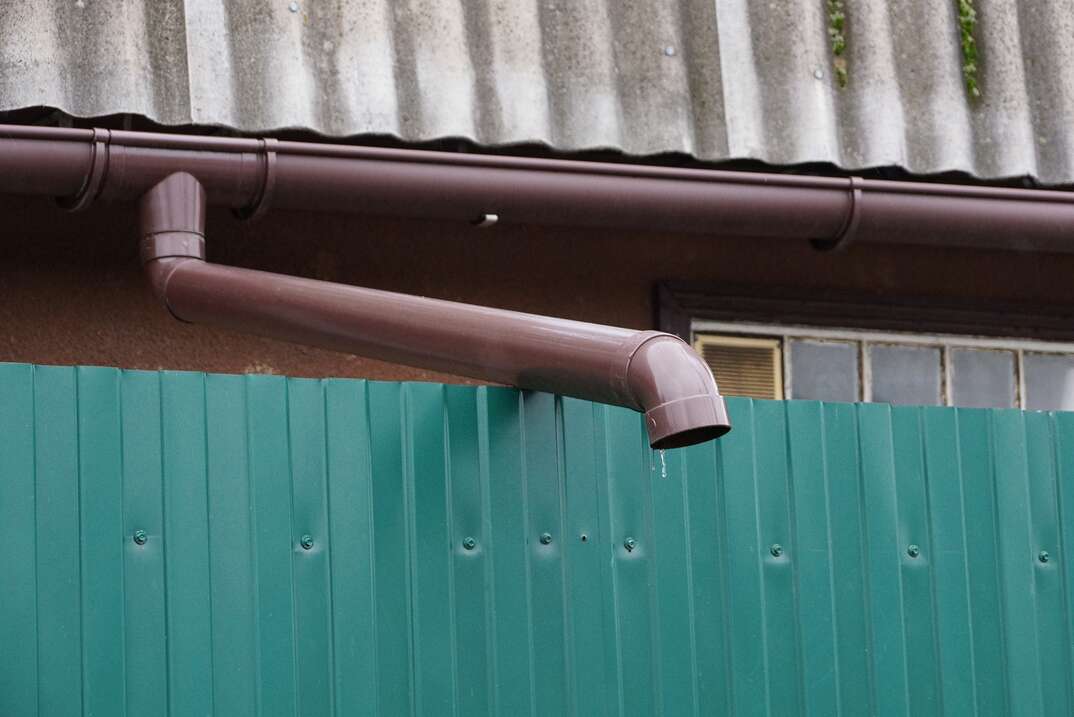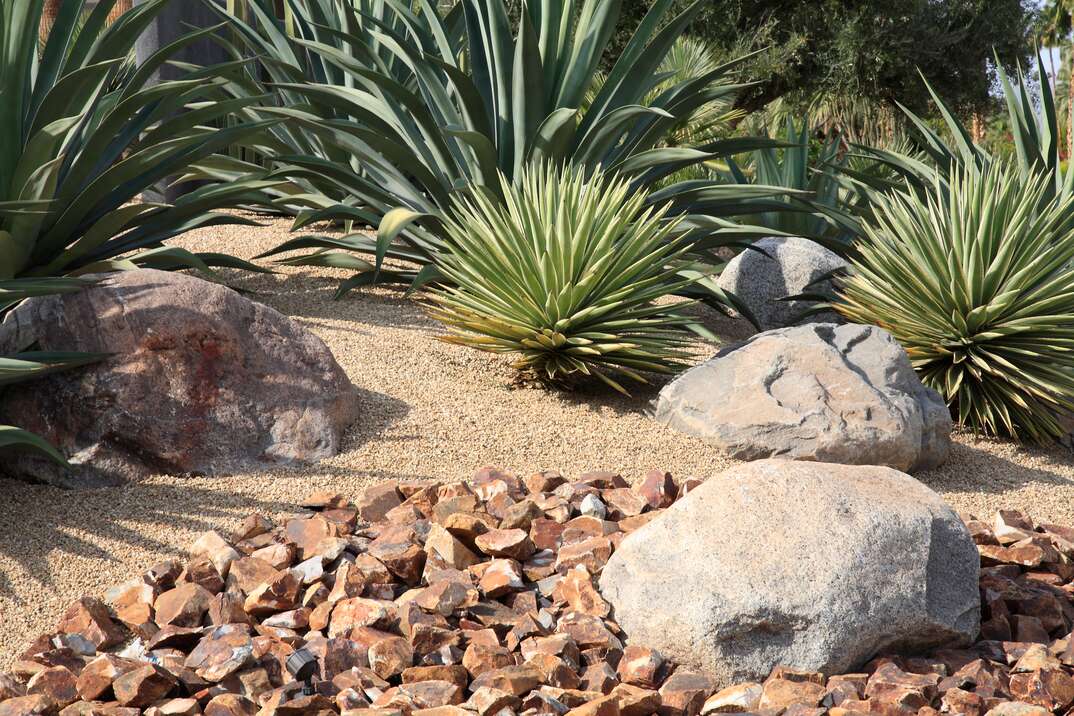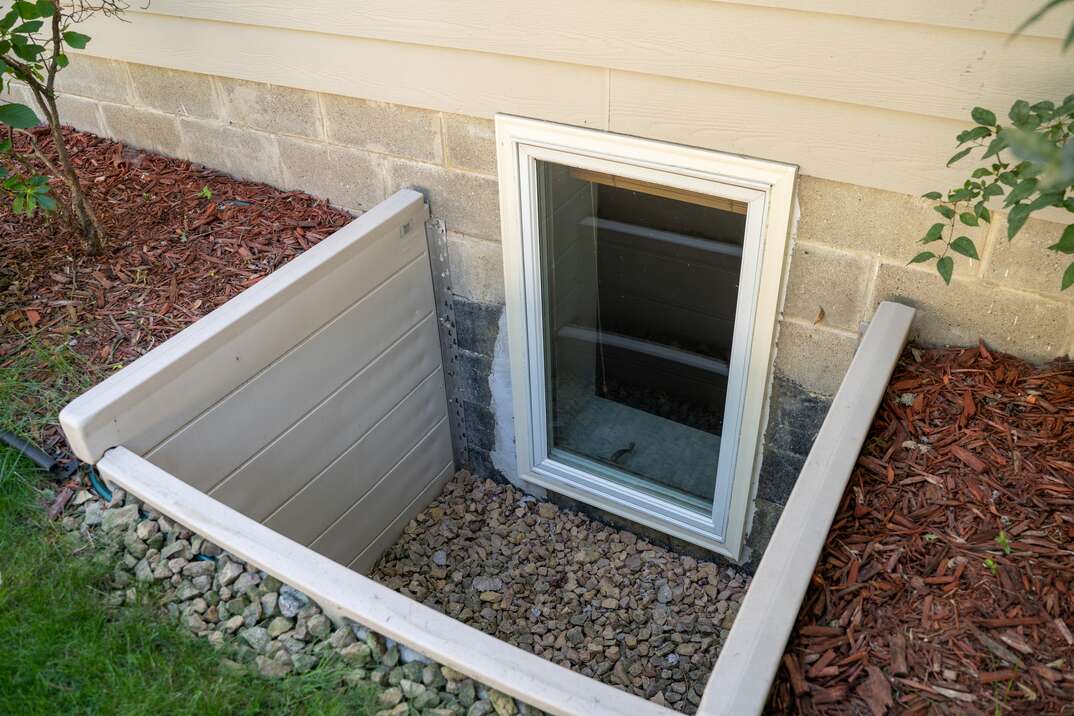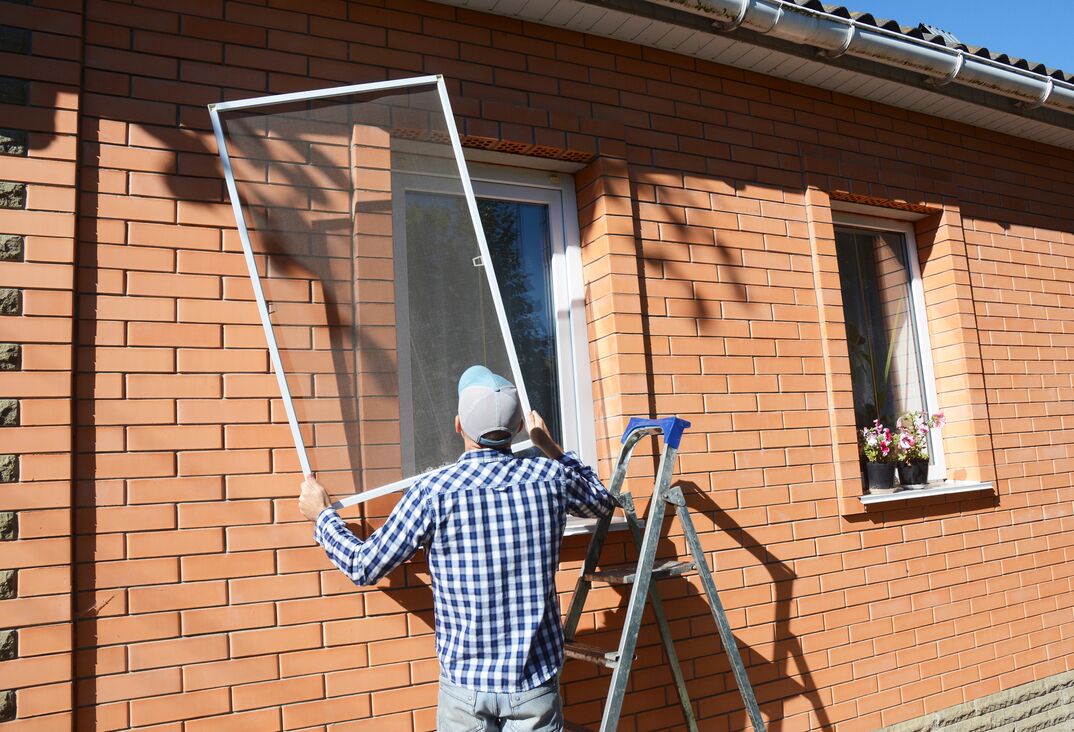What Do I Do If a Neighbor Drains Water Onto My Property? Create a Diversion

Diverting Water Runoff at a Glance
- Build berm
- Install French drain
- Create catch basin
Finding water runoff from a neighbor’s yard can be a frustrating and awkward dilemma for any homeowner. Not only can excess water wreak havoc on your yard, but it can also lead to other water-related issues if the water collects in or near your home. Water collecting near your house can lead to flooding, causing mold and mildew growth, wood rot and even cracked foundations. It’s not pretty.
This May Also Interest You: Why Does My House Flood but Not My Neighbor’s?
You might be wondering what you can do if a neighbor’s water runoff is draining onto your property. For example, whose legal responsibility is it to fix the problem? The answer? It depends.
Common Enemy Rule Vs. Civil Law Rule
Unfortunately, in the vast majority of cases, you are solely responsible for any water that drains onto your property, regardless of where it originates. In U.S. legal terms, this is known as the common enemy rule. Surface water is seen as a common enemy to all landowners. If water collects on your property — even if it flows from your neighbor's yard — the responsibility falls to you.
That said, there are exceptions, which is where the civil law rule comes into play.
The civil law rule states that if your neighbor changes the natural flow of water on their land in such a way that results in harm to another homeowner, then they may be held liable for any resulting harm. In other words, if the folks next door have installed any new landscaping or structures that change the way water flows on their property, then they could be held responsible for any damage to your property.
Whether your neighbor is responsible or not, the bottom line here is that you’ll want to figure out a way to divert the water away from your property. Need some simple solutions to deal with your neighbor’s water runoff? Here are some of the best methods out there.
1. Build a Berm
One of the most effective ways of preventing water from reaching your home is to construct a raised barrier made of soil called a berm. Not only are berms effective and generally easy to install, but they also add to the aesthetic value of your property. Berms can be covered with plants, grasses and stone, and can — if done correctly — even boost property value.
When constructing a berm, you’ll want to keep a few general rules in mind. First, carefully plan out your project and consider the best placement for the berm. They should be built in areas where you’ve noticed the most standing water after heavy rain. However, keep in mind that an ill-placed berm could lead to water diverted into an area where you don’t want it to go.
Berm Building: Start Small
Because berm placement can be tricky, it’s recommended that you build a small berm at first and add to it as needed. To prevent excess erosion, make sure that you pack your dirt carefully, as heavy rains can easily wash away loose dirt. Use topsoil as a top layer, clay-like soil as a second layer and fill dirt for your base.
To avoid unnecessary erosion, make sure your berm is roughly 4 to 5 times wider than it is long and that it maintains a gradual slope. Finally, try to construct your berm in a crescent shape instead of a straight line. Crescent-shaped berms typically divert water more effectively and are also more pleasing to the eye.
2. Install a French Drain System
Another effective way to help divert water away from your home is to install a French drain on your property. French drains are long, surface-level trenches that channel water downhill and away from undesirable locations. And while they may sound like pretty complicated drainage systems, they’re actually quite simple. French drains are essentially long ditches with a perforated pipe laid into them. When it rains, excess water flows into the pipe through the holes and travels downhill. Out of sight, out of mind, right?
Plan Accordingly
Installing a French drain can be relatively easy, but depending on the size and scope of your drainage issue, it can also be rather time-consuming. As you start to plan your project, find any downhill slope near where water collects. If you can’t find one, you’ll need to create one by digging your trench deeper as you progress. Your best bet is to have a roughly 1-foot drop for every hundred feet in length, but it doesn’t need to be perfect. You’ll just want to make sure that there are no spots along your route where water can collect and pool.
Lay Your Pipe
Once you dig your trench, cover the inside with landscape fabric and then fill it with crushed stone or gravel. The gravel will primarily be a bedding for the perforated pipe, but it will also help keep dirt and other debris from clogging the drain. From there, just lay your pipe, cover it with additional gravel and backfill the drain with soil. Bear in mind that, while French drains are excellent water drainage solutions, they only have a roughly 5-year lifespan before their effectiveness wears off and they need to be replaced.
More Related Articles:
- Flood Insurance: What Does It Cover and How Much Does It Cost?
- I Live in a Flood Zone ... Should I Finish My Basement?
- My Basement Flooded ... Now What? 7 Steps to Take in the Immediate Aftermath
- Protect Your Home Against Flooding With this Sump Pump Maintenance Checklist
- How Much Do Flood Damage Repairs Cost?
3. Create a Catch Basin
A catch basin is a buried reservoir with a grate at the top and an outlet where an attached drain pipe redirects surface water away from your home. Note that catch basins are specifically designed for diverting large flooded areas, whereas French drains are best suited for more soggy ground. If the water coming from your neighbor’s property is being dumped in large volumes in a specific location, then a catch basin is your best bet.
Determine the Best Location
In most instances, a 2-foot by 2-foot (60-centimeter by 60-centimeter) catch basin with a 6-inch (15-centimeter) drain is more than adequate. Find the location on your property where water accumulates. Then, like the French drain system, plot a course that is straight and direct and travels away from your home. You’ll need the course to descend as well. So, if your yard doesn’t have a natural slope, you’ll need to create one as you dig. After you dig, lay a layer of gravel in both the basin hole and the trench.
Once your hole and trench are complete, connect your basin to the outlet pipe and ensure that all connections are secure and airtight. Then, drop the basin and outlet pipe into the ground, making sure that the height of the basin is level with the ground around it.
While they might take time and hard work to install properly, catch basins offer a great solution to water drainage issues.
Don’t Let the Situation Drain You
Even if your neighbor is not at fault, having their water runoff into your yard can be an awkward situation. Luckily, there are several drainage options that are both affordable and fairly simple. However, if your drainage issues are causing significant damage to your yard or home, it might be better to call in a professional to assess your situation and offer a solution.


